Occupation Forest Ranger Name Ed Pulaski | Resting place Coeur d'Alene | |
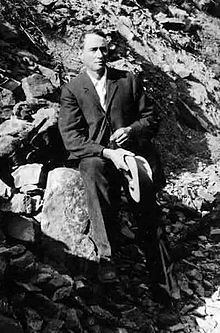 | ||
Died February 2, 1931, Coeur d'Alene, Idaho, United States Employer United States Forest Service | ||
Edward Crockett "Ed" Pulaski (February 9, 1868 – February 2, 1931) was a U.S. Forest Service ranger based in Wallace, Idaho. Pulaski traveled west and worked as a miner, railroad worker, and ranch foreman before joining the forest service in 1908. He was reputed to be, and personally claimed, that he was a collateral descendant of Casimir Pulaski.
Contents
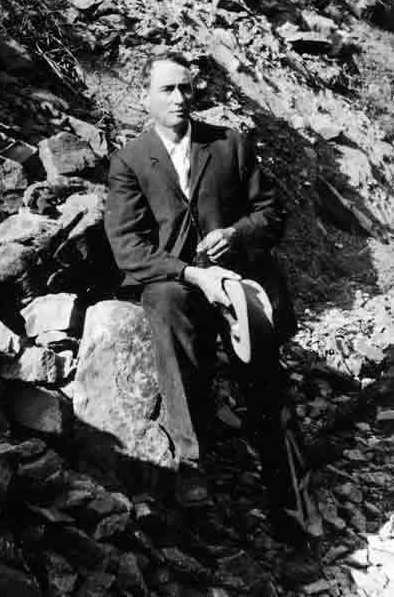
Great Fire of 1910

On August 20, 1910, Pulaski was credited with saving all but five of his 45-man crew during what is known as the "Great Idaho Fire," the "Great Fire of 1910" or the "Big Blowup." It had been unusually dry in 1910 and forest fires were rampant across the northern Rockies. Pulaski was supervising crews on the west fork of Placer Creek, about five miles south of Wallace, when the fire suddenly broke out of control, overwhelming the crew.
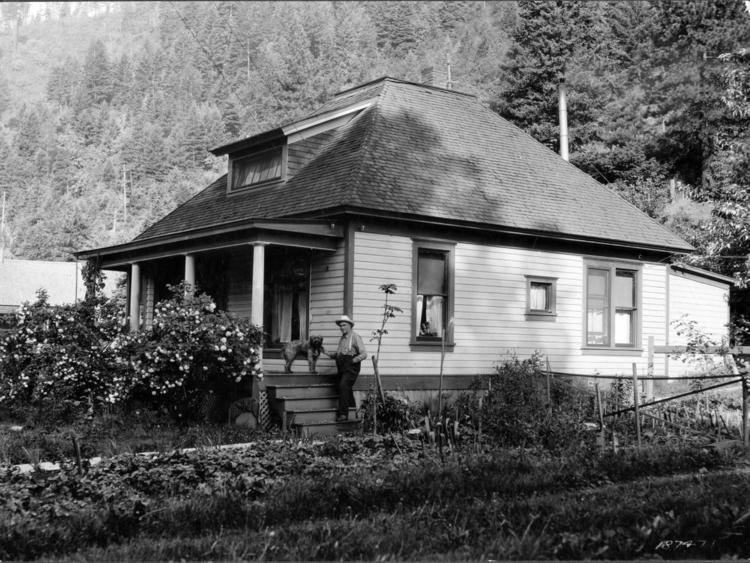
Drawing on his knowledge of the area and of the dynamics of forest fires, Pulaski led his men to safety in an abandoned prospect mine. After ordering his crew into an abandoned mine tunnel, he threatened to shoot with his pistol any man who left. Lying prone on the tunnel floor, all but five of the firefighters survived. The two horses with them died from smoke inhalation. The mine entrance, now known as the Pulaski Tunnel, is listed on the National Register of Historic Places.
Pulaski firefighting tool
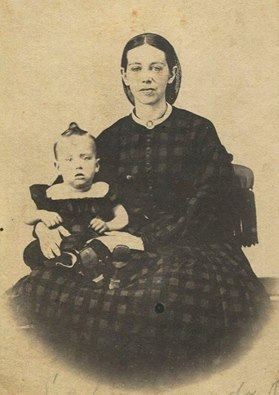
Pulaski is widely credited for the invention of the Pulaski in 1911, a hand tool commonly used in wildland firefighting. A combination hand tool with a mattock for digging or grubbing on one side and an axe for chopping on the other, it is often called a "Pulaski tool".
Legacy
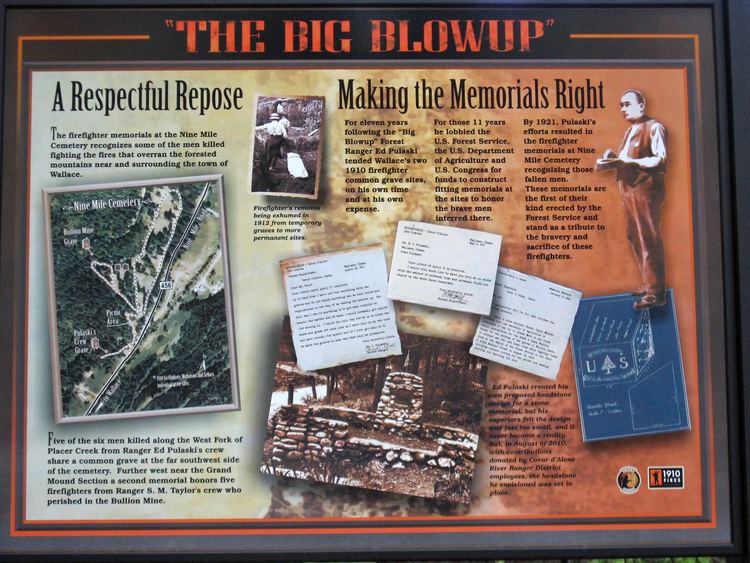
Mount Pulaski, a 5480 foot (1670 m) peak 1.5 miles southwest of Wallace, is named for him.
The US Forest Service's Pulaski Tunnel Trail near Wallace, Idaho, provides access to the Nicholson Mine site where Pulaski and his team took shelter.
An initialed ("E.P.") tool, which purportedly belonged to Pulaski himself, is at the Wallace District Mining Museum in Wallace, Idaho in the collection of the Smithsonian Institution.
American Singer-Songwriter Steve Earle wrote and recorded a song that largely recounts the story of Ed Pulaski's heroic actions and invention, "The Firebreak Line". It appears on his 2017 album "So You Wannabe An Outlaw".
